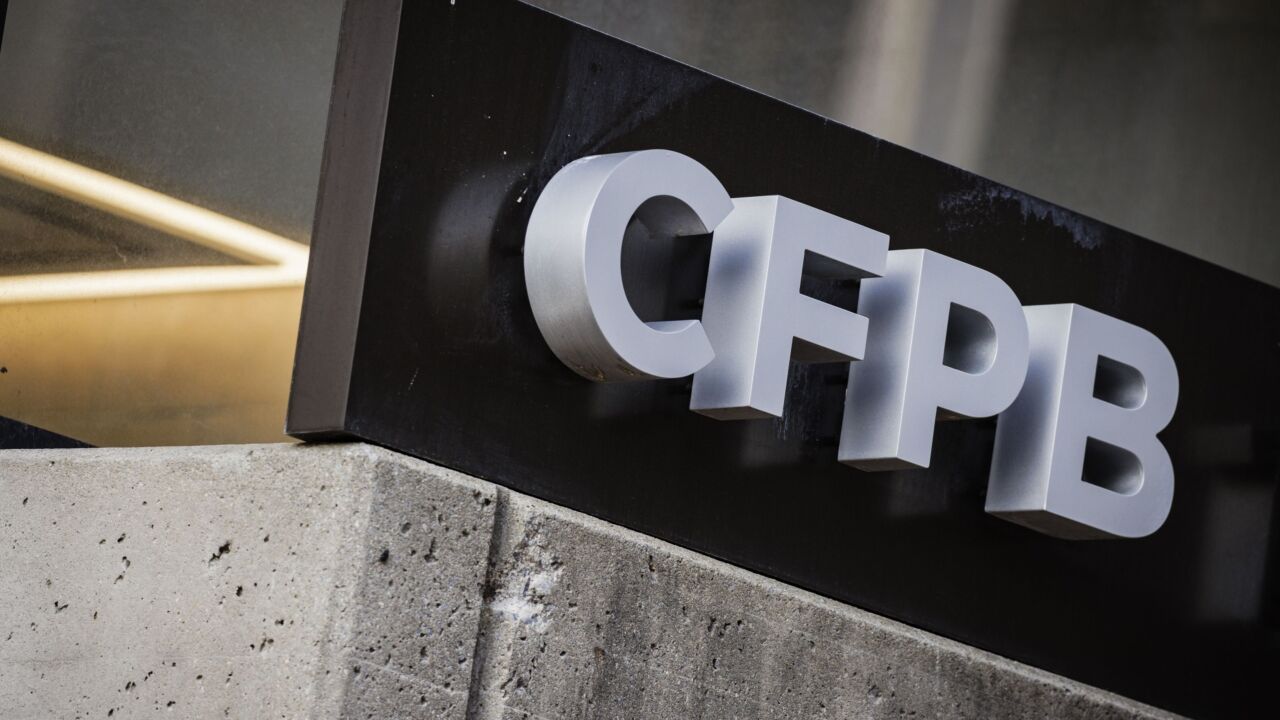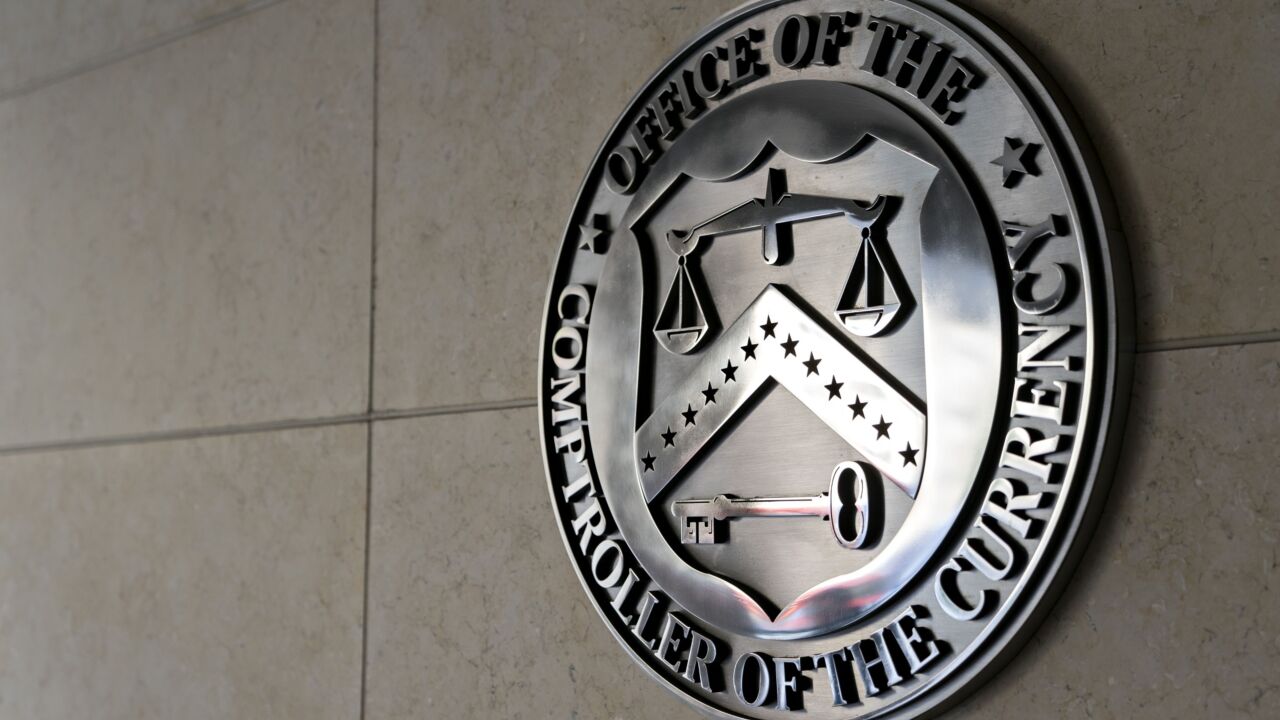Credit unions are still wading through the Consumer Financial Protection Bureau’s proposed rule on payday lending issued Thursday, and while the consensus seems to be that CUs won’t be totally frozen out of the market, as has been suggested will happen to banks under the proposal, some consumer advocates joined with financial trades in criticizing the plan.
The long-awaited proposal was issued without a provision the CFPB floated last year that would have provided an exemption from certain underwriting requirements if the monthly payment did not exceed 5% of the borrower’s gross monthly income—a blow to banks that had been had been planning to return to the space after being shut out of it by other federal regulators.
But the proposal did recognize the National Credit Union Administration’s Payday Alternative Loans (PALs) program, offering at least one window of opportunity for credit unions to continue making some small-dollar loans.
Banks and credit unions weren’t the only ones disappointed with the proposal. Pew Charitable Trusts criticized CFPB for failing to encourage credit unions and banks to enter the market.
“As proposed, this CFPB regulation would freeze banks out of the market,” said Alex Horowitz, a senior research officer on the small dollar loan project at the Pew Charitable Trusts. “There is nothing in here that is viable for banks.
The CFPB missed the mark, they went heavy on process and light on clear standards.”
The agency’s decision to nix the banker-backed provision was one of the biggest differences between the new proposal and an outline the agency released last year – and its rationale for the change was not immediately clear.
Some consumer advocates had other complaints, arguing the plan left large loopholes that would allow existing payday lenders to continue some abusive practices.
“There is still a great deal of work to be done on this proposal to ensure it truly protects consumers from the devastation wrought by high-cost, low-dollar predatory loan products,” said Mike Calhoun, president of the Center for Responsible Lending.
Overall, the CFPB proposed a “full-payment” test that would require lenders to determine if consumers can afford to repay their loans without reborrowing. Alternatively, the proposal includes a “principal payoff option” for certain short-term loans and two less risky, longer-term lending options for borrowers that cannot meet the full-payment test.
While the CFPB is prohibited from setting or limiting interest rates on loans, it has set certain parameters for longer-term loans that have rates of 28%, 36% or less.
Lenders would be required to use credit reporting systems to report and obtain information on certain loans covered by the proposal. The proposal would also limit repeated debit attempts on checking accounts that can rack up fees.
Lauren Saunders, an associate director of the National Consumer Law Center, said there are “worrisome loopholes” that would need to be plugged in the final rule to ensure consumers are protected.
“All loans should meet ability to pay requirements, and reborrowing in only 31 days indicates a debt trap,” Saunders said.
The proposal would allow lenders to charge a 400% effective annual interest rate, albeit on longer-term loans, as long as the lender verified a borrower’s ability to repay the loan, Horowitz said.
CFPB Director Richard Cordray has said many borrowers cannot repay short-term, small dollar loans and suffer collateral damage from vehicle seizures, bank account closures, and steep penalty fees.
“Too many borrowers seeking a short-term cash fix are saddled with loans they cannot afford and sink into long-term debt,” Cordray said in prepared remarks for a field hearing Thursday on the proposal. “Our proposal would prevent lenders from succeeding by setting up borrowers to fail.”
The proposal would cover short-term payday loans, auto title loans, deposit advance products, certain (but not all) high-cost installment loans and open-end lines of credit.
Following is a more detailed cheat sheet on the CFPB’s proposal:
Short-Term Loans
- For short-term loans and installment loans with a balloon payment, lenders would have to determine if a borrower can afford the full amount of each payment including all fees and finance charges. Using the so-called full-payment test requires that a consumer would not have to reborrow within the next 30 days and still could meet basic living expenses.
- For payday and auto title installment loans without a balloon payment, lenders would be required to ensure that the borrower can afford all payments when they are due.
- Alternatively, consumers could borrow a short-term loan up to $500 without meeting a full-payment test as part of what is called a principal payoff option.
- Lenders would be barred from offering a principal payoff to consumers with any outstanding short-term or balloon-payment loans or to consumers who have been in debt on short-term loans more than 90 days in a rolling 12-month period.
- As part of the principal payoff option, lenders would also be barred from taking an auto title as collateral. A lender could offer a borrower up to two extensions of the loan, but only if the borrower pays off at least one-third of the principal with each extension.
Long-Term Loans
- Lenders have two longer-term loan options that allow for more flexible underwriting than the full-payment test, with certain restrictions.
- The first option would be to offer loans in which the interest rate is capped at 28% and the application fee is $20 or less, terms that generally meet the parameters of the National Credit Union Administration “payday alternative loans” program.
- A second option would be to offer loans with an all-in cost of 36% or less (excluding a “reasonable” origination fee), a term that does not exceed two years, and payments that are roughly equal.
- A lender’s projected default rate under the second option could not exceed 5%. If it does, the lender would be required to refund the origination fees any year that the default rates exceeds 5%.
- Lenders also would be limited as to how many of either type of loan they could make per consumer per year.
Debit Restrictions
- Lenders would have to give consumers written notice before attempting to debit a consumer’s checking account to collect payment for any loan covered by the proposed rule.
- Lenders would be prohibited from debiting the account after two consecutive unsuccessful attempts.
- A lender would have to get specific authorization from the borrower to collect payment after two unsuccessful attempts.
The CFPB is seeking comment on the proposal by Sept. 14. The bureau is also launching an inquiry into other potentially high-risk loan products and practices not covered by the plan.
Specifically, the CFPB wants input on the pricing structures and underwriting practices of high-cost long-term installment loans and open-end lines of credit in which the lender does not take a vehicle title as collateral or gain access to a consumer’s checking account.
In addition, the bureau wants input on the methods lenders use when borrowers cannot repay debts such as seizing wages, funds, vehicles and other forms of personal property. The CFPB is also seeking information about the sales and marketing practices of credit insurance, debt suspension or debt cancellation agreements, and other add-on products. Other practices subject to the inquiry include loan churning, default interest rates, teaser rates, prepayment penalties, and late-payment penalties. Comments on those inquiries are due Oct. 14.





